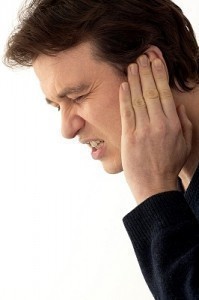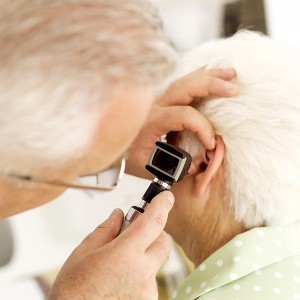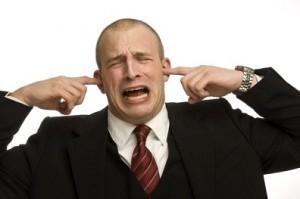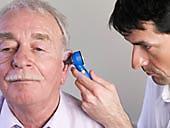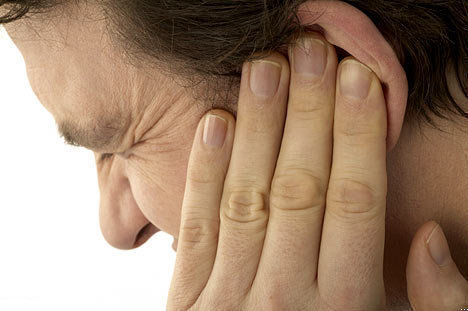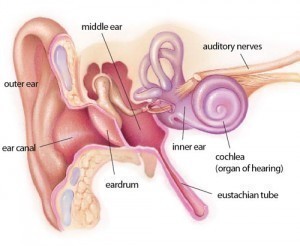What Causes Hearing Loss?
Hearing refers to the ability to perceive sound by detecting vibration in the ear. The ear has three sections, the outer, middle, and inner ears, all work together to process sounds. The outer ear consists of the lobe and ear canal, structures which serve to protect the more delicate parts inside. Sound waves travel from the outer ear and through to the ear canal. The outer boundary of the middle ear is the eardrum, a thin membrane; when sound reaches the eardrum it begins to vibrate.
The motion of the eardrum is transferred across the middle ear via three small bones named the hammer, anvil, and stirrup which help the sound to move along to the inner ear. The bones are supported by muscles which are normally flexible but can tighten up and inhibit the bones’ action when the sound gets too loud.
The boundary of the inner ear is the oval window, another thin membrane which is almost totally covered by the end of the stirrup; within the inner ear is one of several tubes called the cochlea. The cochlea contains liquid and is lined with thousands of hairy cells that move with the sound vibrations. These cells amplify and tune sound, and send it to the hearing nerve which then sends it to the brain for interpretation.
Hearing loss occurs when one or more of the parts the ear becomes impaired. Hearing loss may be partial where some sounds are heard as well as it can result in complete deafness. Hearing loss can be caused by noise, heredity, excessive ear wax, aging, some medications, infections, and medical conditions such as diabetes.
Causes of Hearing Loss
Meniere’s disease
Meniere’s disease is a disorder of the inner ear which occurs when excessive fluid in the inner ear causes pressure on the balance and hearing system. Meniere’s disease usually affects one ear; it causes fluctuated hearing loss and rarely results in complete deafness.
Otosclerosis
Otosclerosis is the abnormal growth of bone of the middle ear. This bone prevents structures within the ear from working properly and causes hearing loss. Otosclerosis can cause different types of hearing loss, depending on which structure within the ear is affected. Otosclerosis usually affects the last bone in the chain, the stapes, which rests in the entrance to the inner ear. The abnormal bone fixates the stapes in the oval window and interferes with sound passing waves to the inner ear. The hearing loss can become severe.
Otitis Media
Otitis media is an infection or inflammation of the middle ear often caused by other conditions such as sore throat, colds, or other respiratory or breathing problems which spread to the middle ear. These can be viral or bacterial infections which may cause an accumulation of fluid that interferes with the movement of the eardrum and ossicles. Otitis media is more common in children but can also affect adults.
Tinnitus
Tinnitus is described as any ringing, buzzing, humming or chirping sound in the ears. It usually results from damage to any part of the auditory pathway. It is associated with middle ear infections, aging, noise, exposure, certain medications, high blood pressure, smoking, diet, stress amongst other risk factors.
Noise
The Hearing Loss Association of America reports that exposure to high-intensity noise for long periods, sudden blasts such as those experienced in the military, loud concerts, MP3 players on loud for many hours, and machinery such as leaf blowers and lawn mowers used for long periods with no ear protection can cause permanent damage to the inner ear. There is no treatment for hearing loss that results from noise.
For more information on What Causes Hearing Loss read:

